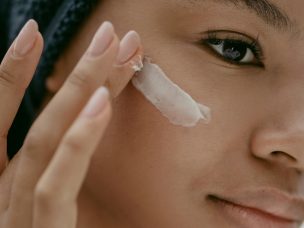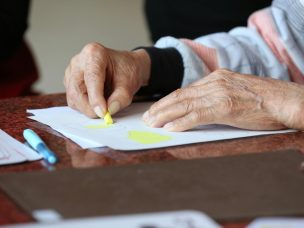A study led by Dr. Jamie M. Pinto at Jersey Shore University Medical Center in Neptune analyzed how race/ethnicity and insurance type influence health care utilization. Specifically, Dr. Pinto was interested in learning about the relationship between these demographic factors and the risk for reuse of urgent hospital-based services within a year of hospitalization.
The study participants included 604 children, who were Non-Hispanic white or nonwhite (Non-Hispanic Black, Hispanic, or other race/ethnicity), between the ages of 6 months and 18 years old, and who were hospitalized with asthma between 2012 and 2015. Approximately 39% of participants were nonwhite, and about 59% of participants had public health insurance. Data were obtained via the patients’ electronic medical records.
The study ultimately found that nonwhite children had the highest rates of at least one emergency department (ED) revisit and the highest average of revisits. Moreover, ED reuse was significantly higher in children covered by public health insurance, regardless of race/ethnicity (p < 0.001). Hospitalization rate was found to be dependent on the number of post-discharge ED visits. Race/ethnicity and health insurance were significantly associated with post-discharge utilization of ED services (p < 0.001).
The study concluded that nonwhite race/ethnicity and public health insurance are associated with higher asthma-related utilization of ED/hospital services. A call to action is made advocating for the development of preventive programs for nonwhite children with public health insurance who are at risk for or have a diagnosis of asthma. Such an intervention might help to reduce disparate childhood asthma outcomes [1].
Source:
[1] Pinto, J. M., Wagle, S., Navallo, L. J., & Petrova, A. (2020). Combined Effect of Race/Ethnicity and Type of Insurance on Reuse of Urgent Hospital-Based Services in Children Discharged with Asthma. Children, 7(9), 107. https://doi.org/10.3390/children7090107










